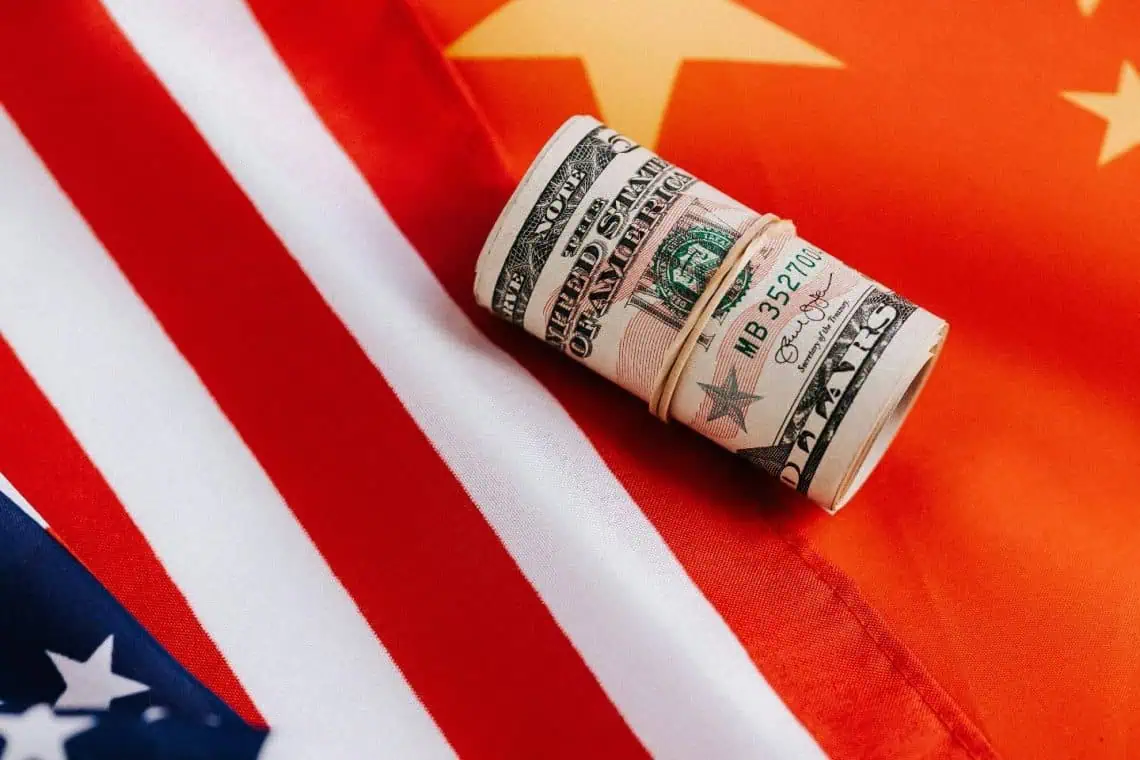In 2025, global trade tensions resurfaced with a vengeance. A sweeping new 100 % tariff policy on Chinese imports, coupled with tightened export controls, has rattled markets and trade alliances. The shockwaves are being felt well beyond East Asia — and South Africa, with its rich resource base and export-driven economy, is squarely in the crosshairs.
Escalation at the Core: Tariffs and Export Controls Collide
What began as selective trade pushbacks has morphed into full-scale escalation. The new U.S. tariff measures are designed to penalize a wide swath of Chinese exports, while China’s response has been to sharpen control over rare earth minerals and related critical technologies. Reuters.
China insists that its expanded export licensing regime is rooted in national security — not retaliation — and argues that exemptions exist for civilian, licensed trade. CoinDesk. Meanwhile, Washington views these curbs as direct challenges to U.S. access to key technologies. Reuters.
The timing magnifies the impact: the new U.S. tariffs are slated to take effect November 1, while China’s tightened rules (under “Notice 61”) extend controls to trace amounts of rare-earth materials — even in products assembled abroad. Georgetown CSET.
From Mines to Motors: How South Africa’s Exports Are Exposed
South Africa’s export structure makes it especially vulnerable. The country’s mineral sector remains its most significant export pillar, with minerals accounting for a large portion of the volume China imports from South Africa. OEC. For example, China imported roughly US$2.29 billion in manganese ores and concentrates from South Africa in 2024. Trading Economics.
By contrast, South Africa’s imports from China are dominated by manufactured goods, electronics, and machinery — areas especially sensitive to the new tariff pressures. Trading Economics.
The auto and parts sector is also under pressure. U.S. tariffs could raise input costs, while an influx of Chinese electric vehicles and components might undercut local manufacturers. Yet there is a countervailing possibility: South Africa might turn into an assembly hub as trade reroutes away from U.S. markets, leveraging regional trade blocs to expand intra-African flows.
Growth in Chinese investment offers a partial shield. Beijing has long viewed South Africa as a priority in securing critical resources and in building deeper industrial ties. China Briefing. Chinese direct investment in South Africa is growing, particularly in mining and manufacturing. China Briefing.
Reweighting the Trade Equation: Risks and Strategic Shifts
The immediate risk is sharp: global growth could slow, dampening demand for commodities just as supply chains fracture. China may also shift its sourcing strategies and reduce reliance on suppliers in countries exposed to U.S. sanctions. Reuters.
But South Africa could also reap gains through adaptation. By deepening industrial value chains, prioritizing beneficiation, and aligning with Eastward trade corridors, it may recalibrate its role in global flows.
To maintain resilience, the country must balance export exposure, attract sophisticated investment, and manage currency and fiscal pressures.
Export Landscape Snapshot
| Category | Relative Scale | Vulnerability |
|---|---|---|
| Minerals & Ores | Core export engine | Moderate risk (depends on metal type & demand) |
| Automobiles & Components | Growing but dependent | High risk (tariff squeeze + component import costs) |
| Agriculture & Primary Goods | Smaller share | Lower risk (less exposed to high-tech supply chains) |
Implications for Investors and Policymakers
For investors: exposure to mining and downstream resource sectors may benefit if China maintains demand. But diversification is essential — exporters tied too closely to U.S. supply chains may suffer. Currency risk (rand–dollar) will be magnified in this volatile environment.
For policymakers: the urgency is clear. South Africa must accelerate value-add in mining, strengthen regional supply integration, and negotiate trade safeguards. Diplomatic agility is also key — balancing ties across global powers without overdependence.
In the shifting terrain of 2025, the new tariff and export control dynamics rewrite terms of trade. South Africa stands at an inflection point: adapt and reposition — or become collateral in a global reckoning over access and sovereignty.
